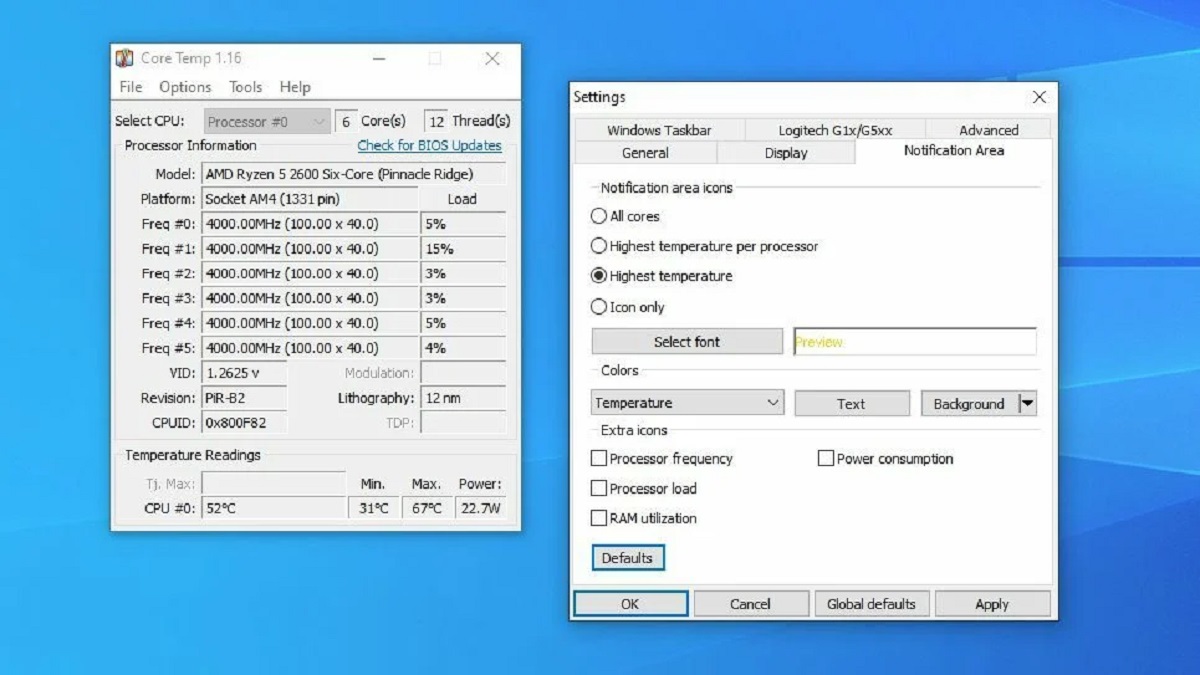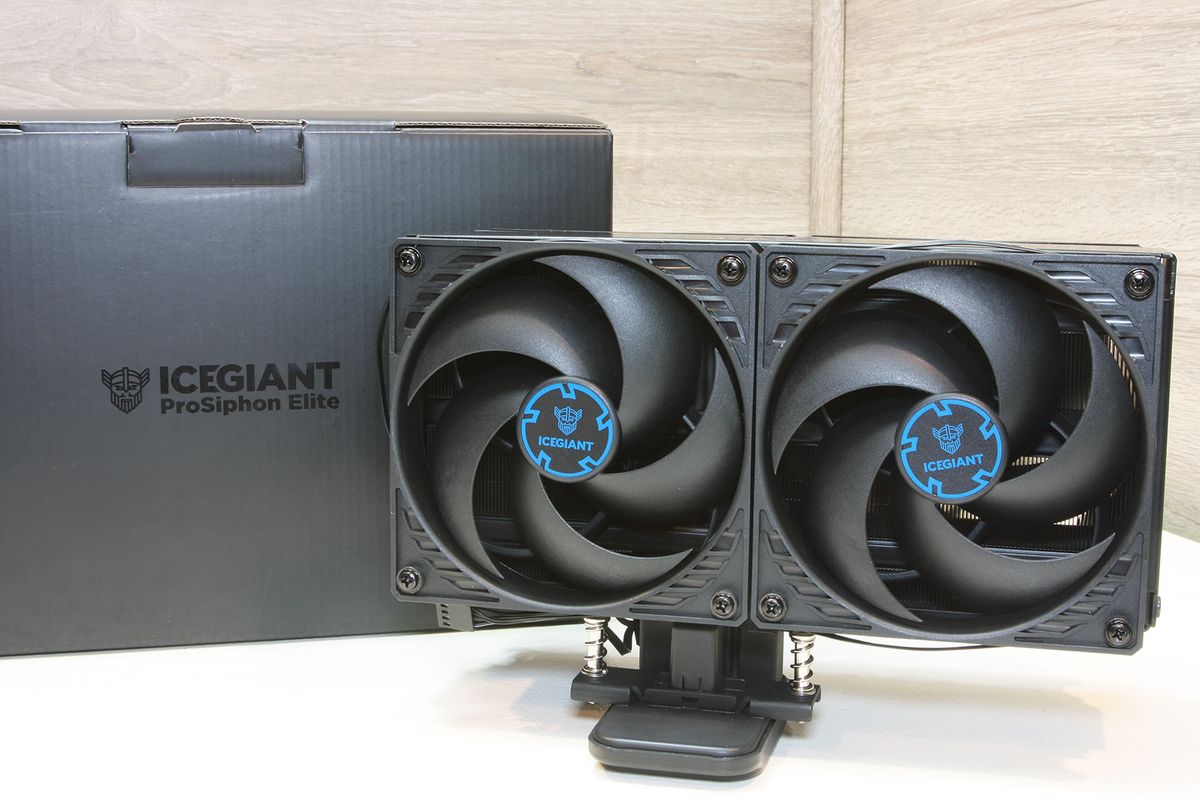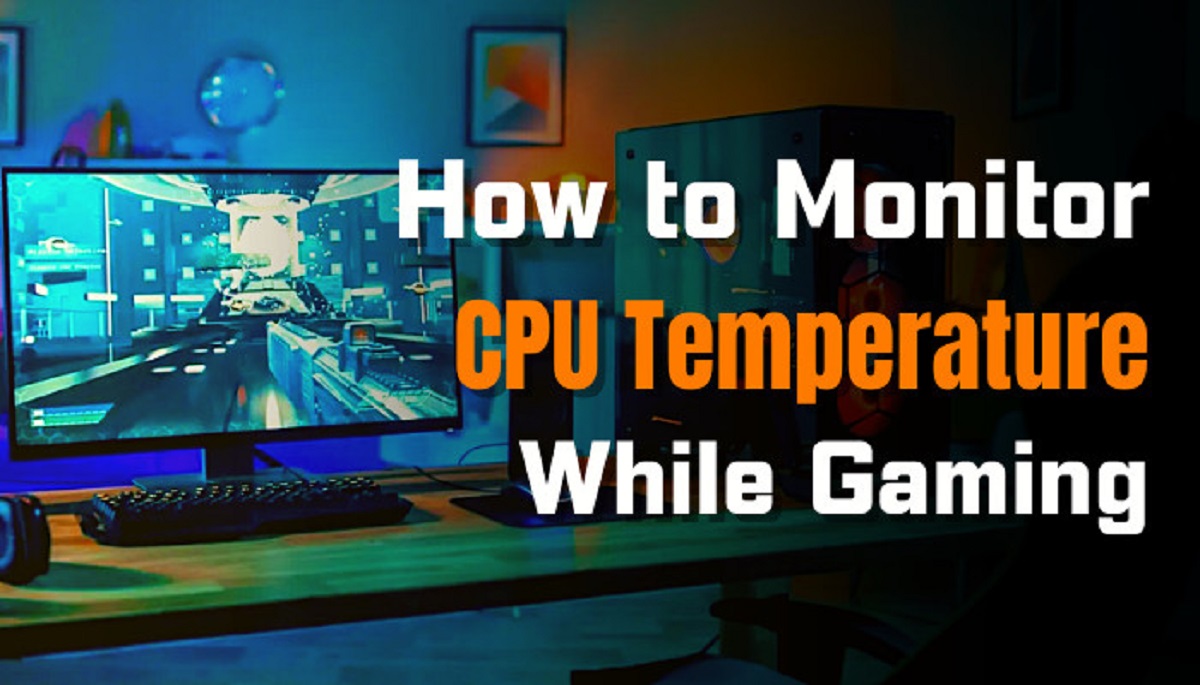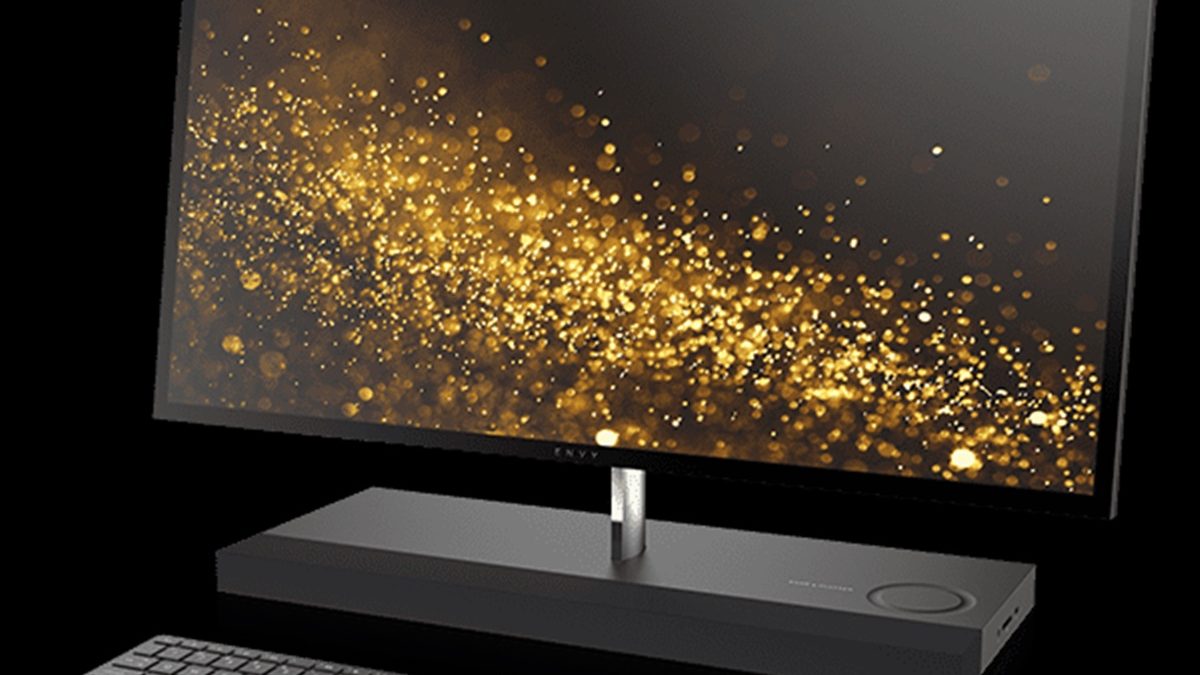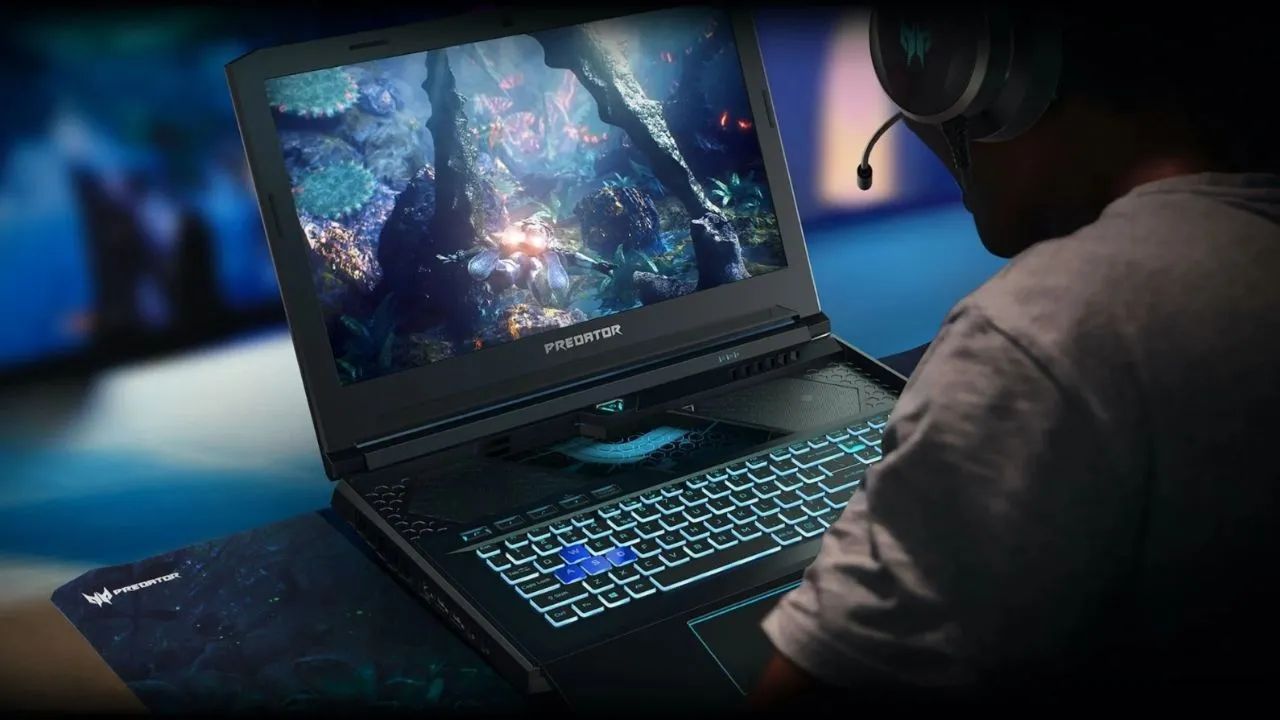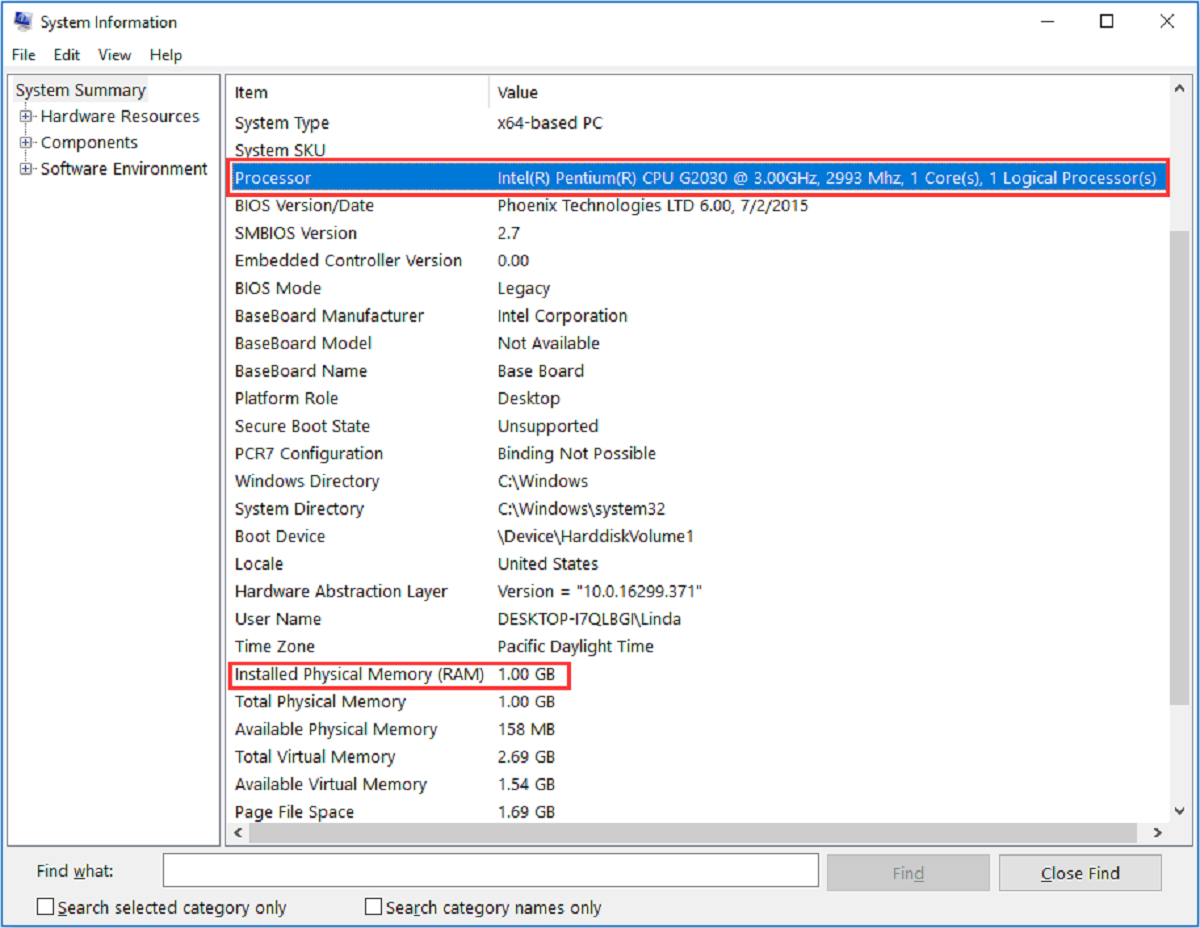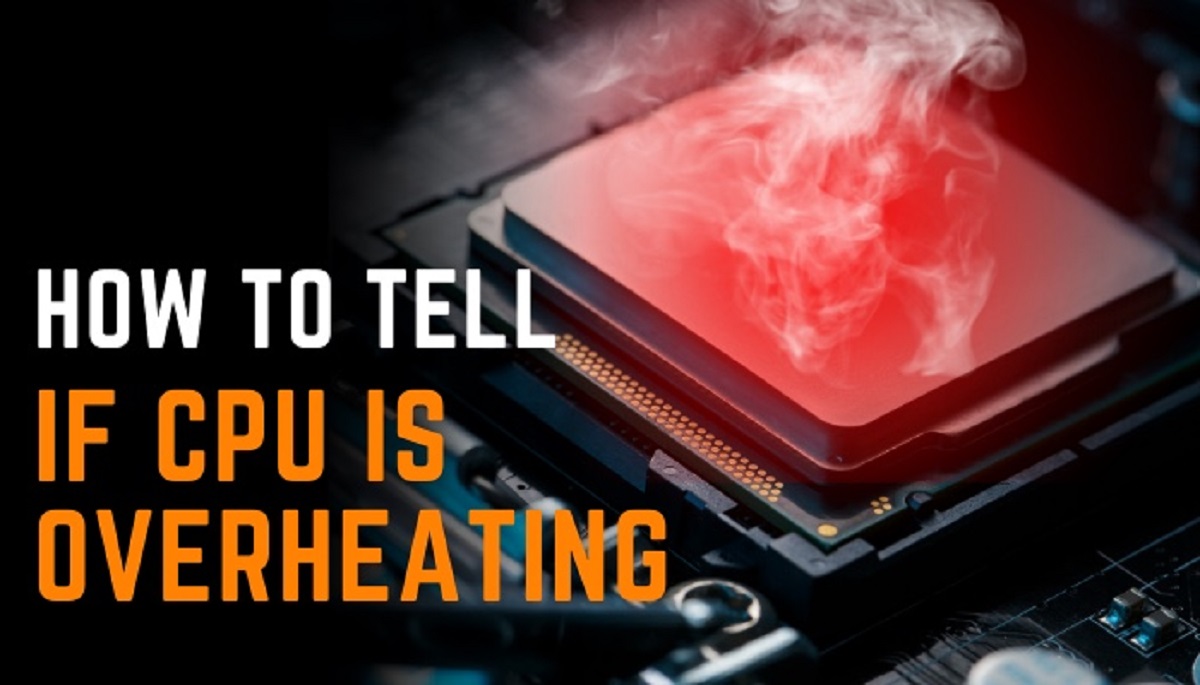Introduction
Welcome to our guide on how to check the temperature of your PC! As technology continues to advance, it’s essential to stay vigilant about the health of your computer. Monitoring the temperature of your PC is crucial to ensure optimal performance, prevent hardware malfunctions, and avoid potential damage to your valuable components.
Overheating is a common issue that can lead to system instability, reduced lifespan of components, and even complete failure. Excessive heat can cause your CPU, GPU, and other vital parts to throttle performance or even shut down to prevent damage. Therefore, regularly checking your PC temperature is an essential part of computer maintenance.
In this guide, we will discuss the importance of checking PC temperature and various methods to do it effectively. Whether you’re a casual user, gamer, or professional, understanding how to monitor your PC’s temperature will provide you with essential insights into its health and help you take the necessary steps to keep it cool and running smoothly.
By knowing how to check your PC’s temperature, you can identify potential issues early on and implement preventive measures. This knowledge will empower you to make informed decisions about cooling solutions, optimize performance, and extend the lifespan of your precious computer.
So, without further ado, let’s dive into the different ways you can check the temperature of your PC and ensure that everything is running at a safe and efficient temperature level.
Why is it important to check PC temperature?
Monitoring the temperature of your PC is crucial for several reasons. Here are some compelling reasons why it’s important to regularly check your PC temperature:
- Prevent overheating: Overheating is a common problem that can lead to system instability, performance issues, and even hardware failure. By regularly monitoring your PC’s temperature, you can detect issues early on and take steps to prevent overheating. This can save you from costly repairs or replacements down the line.
- Preserve component lifespan: Excessive heat can significantly reduce the lifespan of your computer’s components. By monitoring temperatures and keeping them within safe ranges, you can ensure that your CPU, GPU, and other critical parts last longer. This is particularly important for gaming rigs and systems that undergo heavy workloads.
- Optimize performance: High temperatures can cause your CPU and GPU to throttle their performance to prevent damage. By monitoring temperatures, you can identify any performance bottlenecks caused by overheating and take appropriate measures to cool down your system. This will ensure that your PC performs at its best.
- Identify cooling issues: Monitoring your PC’s temperature allows you to identify potential cooling issues, such as malfunctioning fans, improperly applied thermal paste, or blocked airflow. By addressing these issues promptly, you can prevent further damage and maintain optimal cooling efficiency.
- Prevent data loss: In extreme cases, overheating can result in system crashes and data loss. By monitoring your PC’s temperature, you can mitigate the risk of data loss caused by overheating and ensure the safety of your valuable files and documents.
Considering the potential risks associated with not monitoring PC temperature, it’s clear that regularly checking and maintaining optimal temperature levels is a crucial aspect of computer care and maintenance. In the following sections, we will explore different methods to check your PC temperature effectively and discuss how to interpret temperature readings.
Different ways to check PC temperature
There are several methods you can use to check the temperature of your PC. Let’s explore some of the most common and effective ways:
- Using software: One of the easiest ways to check your PC temperature is by using software specifically designed for this purpose. Numerous free and paid software applications are available that provide real-time temperature monitoring. These programs often offer additional features like fan speed control, system health monitoring, and temperature logging. Popular software options include HWMonitor, SpeedFan, and Core Temp.
- Checking BIOS: Another method of checking PC temperature is through your system’s BIOS (Basic Input/Output System). To access the BIOS, restart your computer and enter the BIOS setup by pressing a specific key (such as Delete or F2) during the boot process. Once in the BIOS, navigate to the hardware or monitoring section, where you should find temperature readings for various components. This method is useful for basic temperature checking without the need for additional software.
- Monitoring hardware: Some PC components come with built-in temperature sensors and software for monitoring. Graphics cards, for example, often have their own software, such as NVIDIA’s GeForce Experience or AMD’s Radeon Software, which provide temperature readings for the GPU. Additionally, some motherboards come with dedicated hardware monitoring tools or utilities that allow you to check temperature readings for different components on your system.
These are just a few examples of the different methods available to check your PC temperature. The choice of method depends on your specific requirements, comfort level with software, and the extent of information you need to monitor. You can also combine multiple methods to get a comprehensive picture of your system’s temperature.
In the next section, we will discuss how to interpret temperature readings and understand what is considered safe and normal operating temperatures for different components.
Using software
One of the most convenient and popular methods to check your PC temperature is by using specialized software. With temperature monitoring software, you can get real-time temperature readings, track trends, and analyze the performance of your PC. Here’s how you can effectively use software to monitor your PC temperature:
Choose the right software: There are various software options available that can monitor PC temperature. Some well-known programs include HWMonitor, SpeedFan, Core Temp, and MSI Afterburner. Before installing any software, ensure that it is reputable, compatible with your operating system, and offers features that suit your needs. Additionally, reading user reviews and checking for regular software updates can help ensure reliability and performance.
Install and set up the software: Once you have chosen your preferred temperature monitoring software, download and install it on your computer. During the installation process, make sure to follow the instructions carefully and choose the necessary settings. After installation, launch the software and navigate to the temperature monitoring section. Here, you should see readings for different components, such as the CPU, GPU, and hard drives.
Monitor your PC temperature: With the software up and running, you can now monitor the temperature of your PC in real-time. The software will display temperature readings for various components, typically measured in degrees Celsius or Fahrenheit. Keep an eye on the temperatures, especially during high-intensity tasks like gaming or video editing, and make note of any sudden spikes or sustained high temperatures. This information will help you identify potential issues and take appropriate action before any significant damage occurs.
Utilize additional features: Temperature monitoring software often offers additional features that can enhance your monitoring experience. Some programs allow you to customize temperature alerts, so you will be notified if temperatures exceed certain thresholds. Others provide fan speed control, allowing you to manually adjust fan speeds for better cooling. Additionally, some software offers the ability to log temperature data over time, enabling you to analyze temperature trends and identify any patterns.
Using software to check your PC temperature offers convenience and flexibility, as you can easily track temperature fluctuations and take necessary steps to keep your system cool. However, remember that software readings may not always be 100% accurate, so it’s a good practice to cross-reference with other monitoring methods, like checking BIOS or monitoring hardware, for a comprehensive understanding of your PC’s temperature.
Now that we have discussed using software to monitor PC temperature, let’s move on to the next method: checking temperature readings in the BIOS.
Checking BIOS
Checking the temperature readings in your computer’s BIOS (Basic Input/Output System) is another effective method to monitor your PC temperature. The BIOS provides access to a range of system settings, including hardware information and temperature data. Here’s how you can check your PC temperature in the BIOS:
Access the BIOS: To check temperature readings in the BIOS, you need to access it during the boot process. Reboot your computer and look for the specific key to enter the BIOS setup. Commonly used keys for entering the BIOS include Delete, F2, F10, or Esc. The exact key depends on your computer’s manufacturer. Press the designated key during the boot process to enter the BIOS.
Navigate to the temperature section: Once you are in the BIOS setup, navigate through the menus to find the temperature section. The exact location and labeling of this section may vary depending on your motherboard manufacturer and BIOS version. Look for terms like “Hardware Monitoring,” “PC Health,” or “System Status.” Within this section, you should find temperature readings for various components, including the CPU, GPU, and motherboard.
Observe temperature readings: Take note of the temperature readings displayed next to each component. The temperatures are generally reported in degrees Celsius (°C). Keep an eye on the values and ensure they are within the acceptable temperature range. Acceptable ranges vary depending on the component and manufacturer, but as a general guideline, most CPUs should stay below 80°C, while GPUs can tolerate higher temperatures, often up to 90°C.
Exit the BIOS: After observing the temperature readings, exit the BIOS setup. Typically, you can exit the BIOS by selecting the “Save Changes and Exit” option or pressing the corresponding key. The computer will then continue its boot process and start the operating system.
Checking temperature readings in the BIOS provides a basic and reliable method to monitor your PC temperature without the need for additional software. However, please note that the temperature readings in the BIOS might not be as detailed or updated as dedicated temperature monitoring software. Consider using this method alongside other monitoring techniques to get a comprehensive understanding of your PC’s temperature.
Now that we have covered checking the PC temperature in the BIOS, let’s move on to the next method: monitoring hardware for temperature readings.
Monitoring hardware
Monitoring hardware temperature is another effective way to keep track of your PC’s temperature. Certain components, such as graphics cards and motherboards, come equipped with built-in temperature sensors that can provide temperature readings. Here’s how you can monitor hardware for temperature readings:
Graphics cards: Most modern graphics cards have built-in temperature sensors and dedicated software that allows you to monitor their temperature. Graphics card manufacturers like NVIDIA and AMD provide software utilities such as GeForce Experience and Radeon Software, respectively, that display temperature readings for the GPU. These software programs also offer additional features like fan control and performance optimization.
Motherboard: Some motherboards come with dedicated hardware monitoring tools or utilities that allow you to check temperature readings for various components. These utilities may come bundled with your motherboard’s drivers or can be downloaded from the manufacturer’s website. They provide valuable information about the temperature of your CPU, motherboard chipset, and other on-board sensors. Examples include ASUS AI Suite, MSI Command Center, or Gigabyte EasyTune.
Other components: In addition to graphics cards and motherboards, other computer components may have temperature sensors as well. For example, some high-end CPU coolers come with temperature monitoring functionality through software or hardware displays. Additionally, some storage drives, like solid-state drives (SSDs), may also have temperature sensors that can be checked through appropriate software utilities provided by the manufacturer.
By monitoring temperature readings from individual hardware components, you can gain deeper insights into specific areas of your PC that may be prone to overheating. This allows you to take targeted action, such as installing additional cooling solutions or optimizing airflow, to maintain optimal temperature levels and preserve component longevity.
It’s worth noting that monitoring hardware for temperature readings may require specific software or tools provided by the respective component manufacturers. Make sure to check their websites for compatibility and download the appropriate software for accurate temperature monitoring.
Now that we’ve explored different methods for checking PC temperature using software, the BIOS, and monitoring hardware, let’s move on to the next section: understanding how to interpret temperature readings for effective troubleshooting.
How to interpret the temperature readings?
Interpreting the temperature readings of your PC is essential to understand whether your components are operating within safe temperature ranges or if there might be an issue that needs attention. Here are some key factors to consider when interpreting temperature readings:
Safe temperature ranges: Different components have different temperature limits, and exceeding these limits can lead to performance issues or even permanent damage. It’s crucial to know the safe temperature ranges for various components, such as CPUs and GPUs. Consult the specifications provided by the manufacturers to determine what temperatures are considered safe for your specific hardware.
Normal idle and load temperatures: Idle temperature refers to the temperature of your components when the computer is at rest or performing minimal tasks. Load temperature, on the other hand, represents the temperature during demanding activities like gaming or rendering. It’s important to establish a baseline for what is considered normal for your particular hardware under idle and load conditions. This will help you identify any significant deviations from the norm that could indicate a cooling or performance issue.
Temperature differentials: Pay attention to the temperature differentials between components. Ideally, there should be a reasonable temperature variance between various components. For example, it is normal for a CPU to run warmer than other components like the GPU or motherboard. If you notice an unusually high temperature differential or a significant variance compared to previous readings, it could indicate a problem with cooling or inefficient heat transfer.
Temperature trends and spikes: Look for temperature trends and any sudden spikes in the readings. Monitoring temperature over time can help identify patterns or irregularities that may require attention. If you notice a consistent upward trend in temperatures or frequent spikes, it could indicate inadequate cooling, a failing fan, or a buildup of dust and debris blocking airflow.
Contextual factors: Consider the context in which your PC is operating. Factors like ambient temperature, room ventilation, and workload intensity can influence temperature readings. For example, during hot summer months, it’s normal for temperatures to be slightly higher. However, extreme temperature spikes or consistently high readings regardless of the context may still indicate a problem.
By understanding safe temperature ranges, establishing baseline readings, and paying attention to temperature differentials, trends, spikes, and contextual factors, you can effectively interpret the temperature readings and gauge the health and performance of your PC. Regular monitoring and interpretation of temperature data will enable you to take timely action and ensure your system remains cool and reliable.
Now that we’ve discussed how to interpret temperature readings, let’s move on to the next section: tips to keep your PC cool and prevent overheating.
Tips to keep your PC cool
Keeping your PC cool is vital to ensure optimal performance, prevent damage to components, and prolong the lifespan of your computer. Here are some practical tips to help you maintain a cool and well-ventilated system:
- Clean dust regularly: Dust can accumulate inside your PC, clogging fans, and obstructing airflow. Regularly clean dust from components, fans, and vents using compressed air or a soft brush. This will help maintain proper airflow and prevent heat buildup.
- Ensure proper ventilation: Ensure that your computer is properly ventilated to allow hot air to escape and cool air to circulate. Place your PC in a well-ventilated area and keep the surrounding space free from obstructions. Avoid placing your computer in closed cabinets or against walls, as this can impede airflow.
- Upgrade cooling system: If you frequently experience high temperatures or plan to undertake demanding tasks like gaming or video editing, consider upgrading your cooling system. Adding extra fans, installing liquid cooling solutions, or using aftermarket CPU coolers can significantly improve heat dissipation and keep your PC running cool.
- Apply thermal paste correctly: Ensure that thermal paste is correctly applied between your CPU and CPU cooler. Proper application ensures efficient heat transfer and optimal cooling. Follow the manufacturer’s instructions or seek professional help if you are unsure how to apply thermal paste correctly.
- Monitor fan speeds: Check fan speeds regularly to ensure they are functioning optimally. Dust, wear and tear, or faulty components can hinder the performance of fans. Use software utilities or BIOS settings to monitor and adjust fan speeds for optimal cooling efficiency.
- Control ambient temperature: Maintain a cool environment around your computer by managing the ambient temperature. Avoid exposing your PC to direct sunlight or extreme temperature conditions. Consider using air conditioning or fans to keep the temperature in the room at a comfortable level.
- Organize cables and components: Proper cable management inside your PC helps maintain proper airflow. Arrange cables neatly and avoid blocking fans or obstructing airflow paths. Use cable ties or Velcro straps to secure and route cables away from critical components.
By following these tips, you can significantly reduce the risk of overheating and ensure that your PC remains cool and performs optimally. Regular maintenance, proper ventilation, and appropriate cooling solutions will help prolong the lifespan of your components and provide a smooth and reliable computing experience.
Now that we’ve covered tips to keep your PC cool, let’s conclude our guide on checking PC temperature and ensuring the health of your computer.
Conclusion
Monitoring the temperature of your PC is crucial for maintaining its performance, preventing damage to components, and ensuring longevity. By regularly checking your PC’s temperature, you can identify potential issues, take preventive measures, and optimize its cooling system for an efficient and reliable computing experience.
In this guide, we explored different methods to check PC temperature, including using software, checking the BIOS, and monitoring hardware. Each method has its advantages, and you can choose the most suitable one based on your preferences and requirements.
We also discussed how to interpret temperature readings and understand safe temperature ranges for various components. Interpreting temperature data helps to identify potential issues, monitor performance, and take timely action to prevent overheating.
Additionally, we provided valuable tips to keep your PC cool, such as cleaning dust regularly, ensuring proper ventilation, upgrading cooling systems, applying thermal paste correctly, monitoring fan speeds, controlling ambient temperature, and organizing cables and components for optimal airflow.
By incorporating these practices into your PC maintenance routine, you can minimize the risk of overheating, prolong the lifespan of your components, and enjoy a smooth and reliable computing experience.
Remember to regularly check your PC’s temperature, especially during intense activities, and stay vigilant for any signs of overheating or abnormal temperature readings. Taking proactive measures to keep your PC cool will pay off in the long run by protecting your investment and ensuring optimal performance.
We hope this guide has provided you with valuable insights and practical tips for checking PC temperature. Make temperature monitoring and maintenance a priority, and keep your computer running efficiently for years to come!







